Environment & Energy
Related: About this forumA 2017 Soothsaying Perspective on the Accumulation of Wind Turbine Blade Waste.
The paper I'll discuss in this post is this one: Pu Liu, Claire Y. Barlow, Wind turbine blade waste in 2050, Waste Management, Volume 62, 2017, Pages 229-240
Waste Management is not a journal I read regularly, but from time to time I find myself in it, usually in connection with following citations, occasionally from the use of a search engine. This paper, irrespective of the impact factor of the journal itself, according to Google Scholar has been cited 564 times. I guess it gets under people's skin.
The wind industry is useless, at least if the goal is to address the ongoing collapse of the planetary atmosphere: It is wholly dependent on access to dangerous fossil fuels. It has done nothing, absolutely nothing, to slow climate change: In the period during which it soaked up trillions of dollars, the degradation of the planetary atmosphere has accelerated.
Well, let's see how the soothsaying about wind turbines is playing out.
From the paper's introduction:
I added the bold: So called "renewable energy" is very good at promising, very poor at delivering. The usual misrepresentations associated with wind and solar are all present in this introduction, "percent talk," the use of peak power units of capacity, Megawatts, while ignoring the all important point of capacity utilization, for wind, generally less than 30%, and so on.
The next paragraph is a little dose of reality about how "green" the useless wind industry actually is, doing so in terms of material costs:
"High grade epoxy" and polyester, are both petroleum products, and thus further indicate the dependence of so called "renewable energy" on dangerous fossil fuels, beyond the well known connection relating to the lack of reliability.
Some graphics from the text tell the story pretty well:
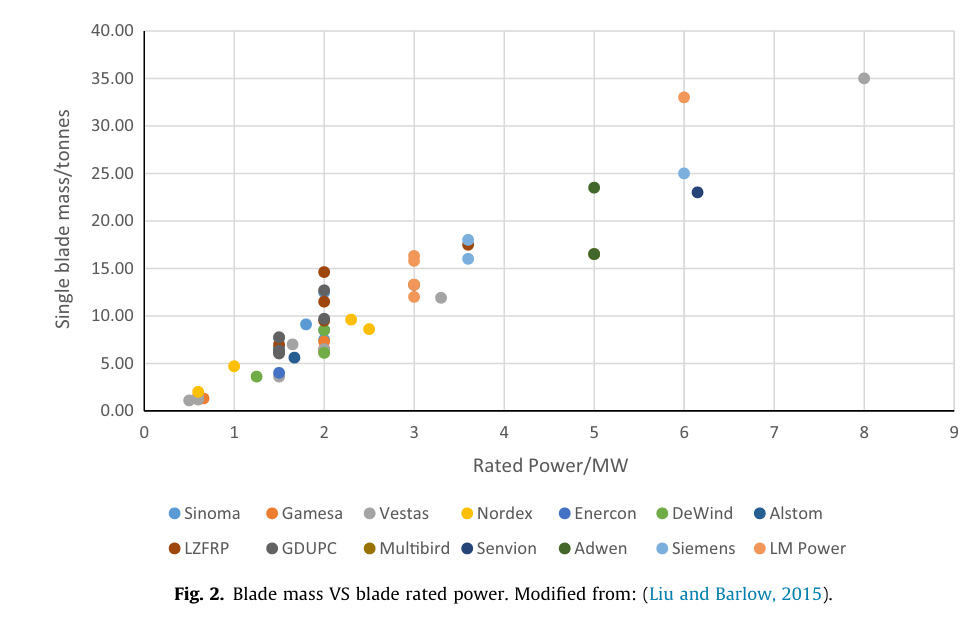

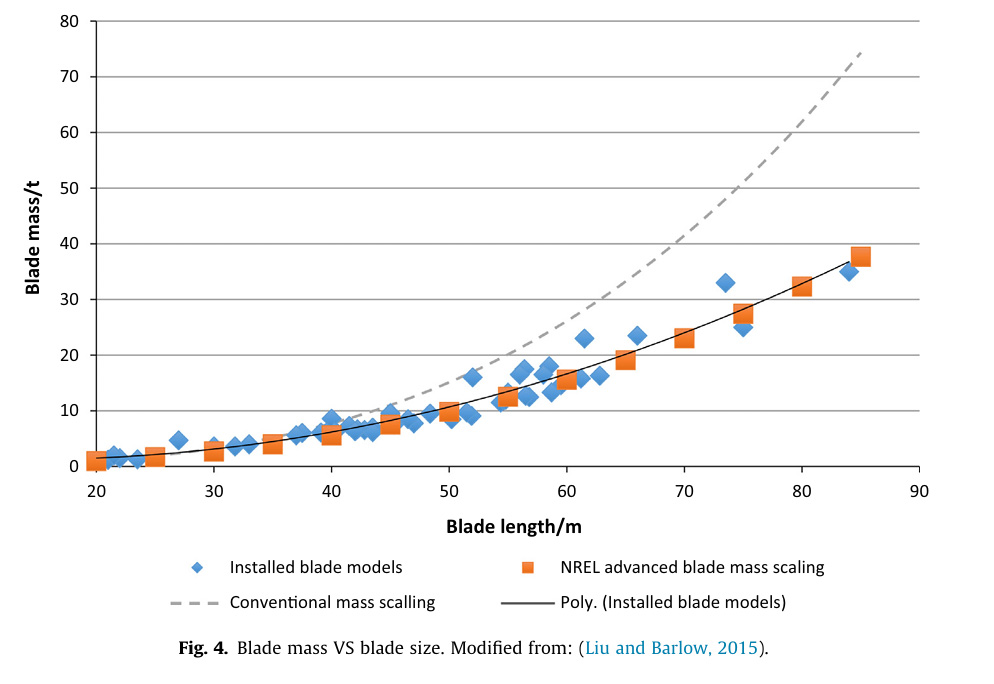
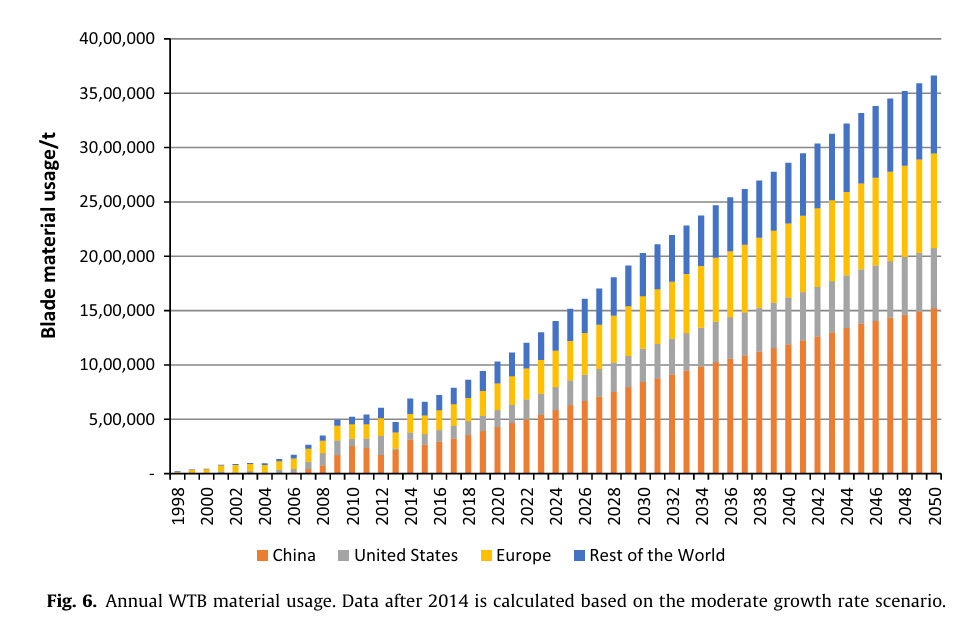
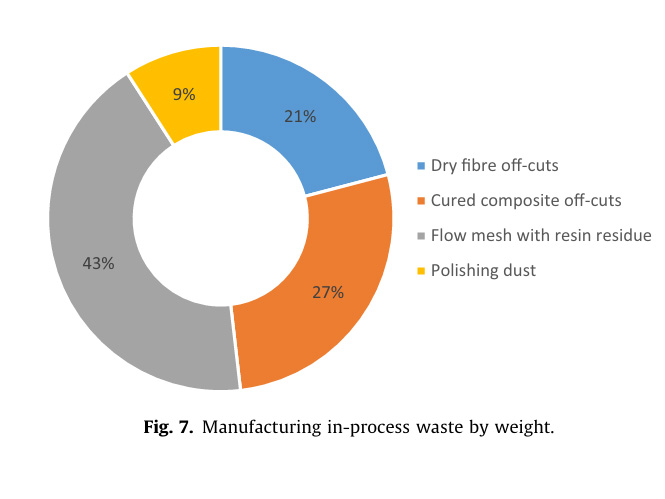

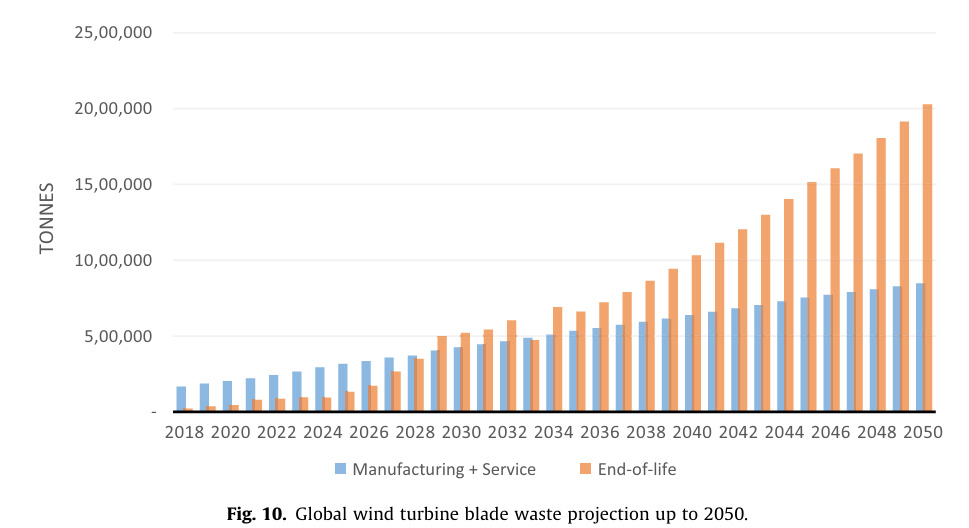
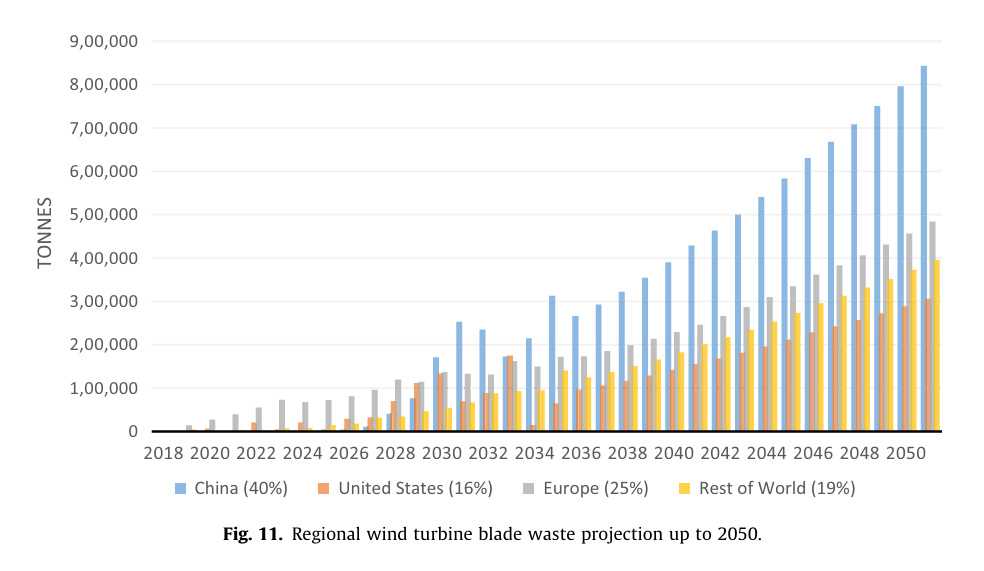
From the papers conclusion:
Aren't we nice people, leaving all future generations with lots and lots and lots of landfills to service our absurd short term affectations? Of course, turbine blade waste is trivial if one considers that because the wind industry and the solar industry are useless in addressing the collapse of the planetary atmosphere, we are leaving them an intractable and very dangerous waste dump of an atmosphere.
History will not forgive us, nor should it.
Have a nice weekend.
cachukis
(3,442 posts)cachukis
(3,442 posts)"At the time of Madison’s construction in 2000, the wind farm was anticipated to have an operational lifespan of 20 to 25 years,” the company’s website stated. “As of 2025, the project has come to the end of that lifespan and is no longer considered economically viable, primarily due to the current turbines being out of production, making repairs and obtaining replacement parts increasingly difficult and costly.”
multigraincracker
(36,301 posts)1/3 of its current human population.
I don’t see anyone finding a way to do that.
hunter
(39,929 posts)We humans are, of course, capable of making it so.
I'd rather we didn't.
I'm fairly certain we have all the tools we need to halt human population growth and support earth's current population indefinitely. We simply have to apply them.
Unfortunately various religions and ideologies stand in our way. It's not all right wing vs. left wing either. I see some of these interfering religions and ideologies posted without challenge here on DU as gospel.
My politics are always practical so I don't tend to call out Democratic allies. Unfortunately anti-intellectualism is not an exclusive domain of the Republican Party.